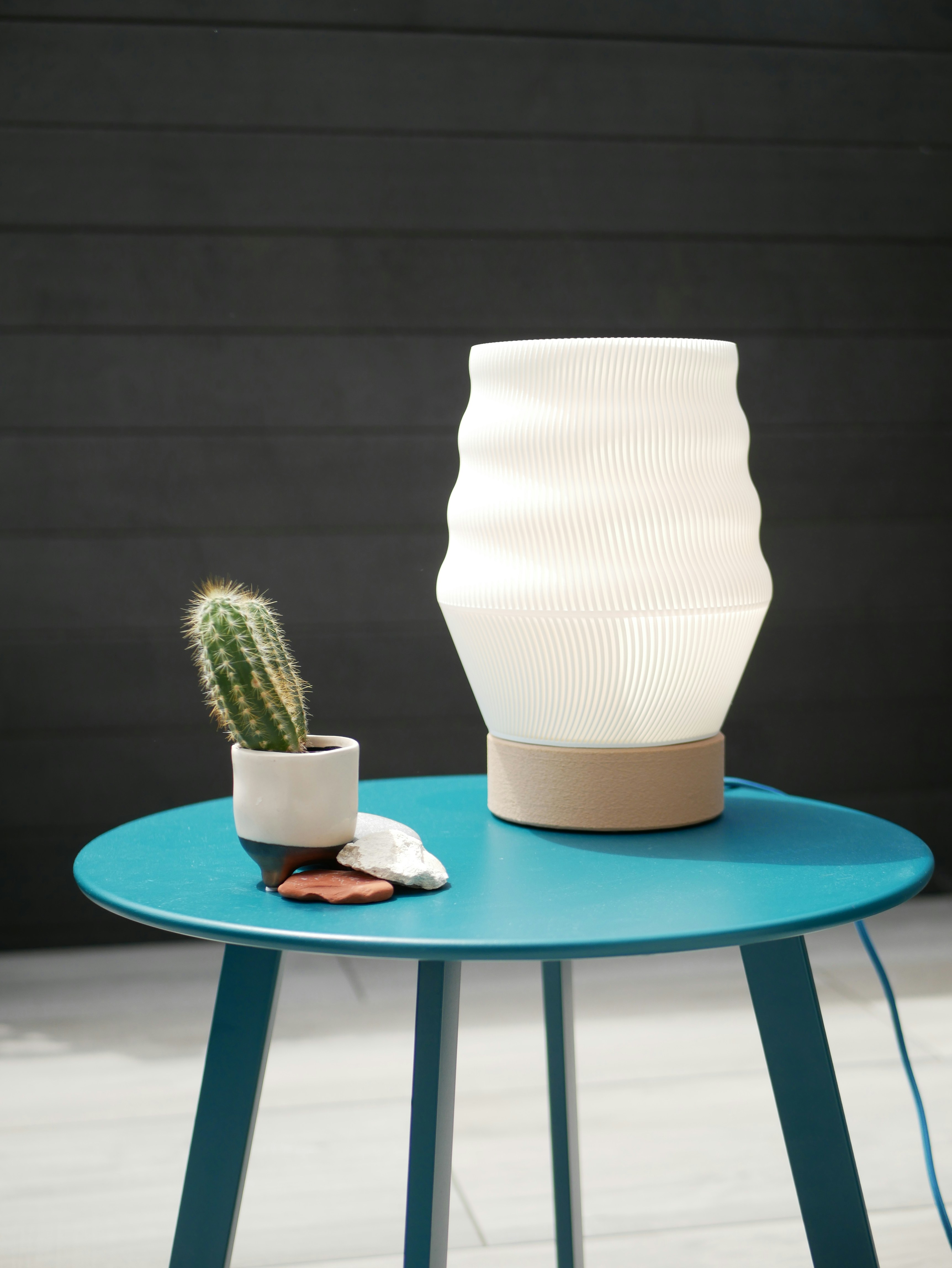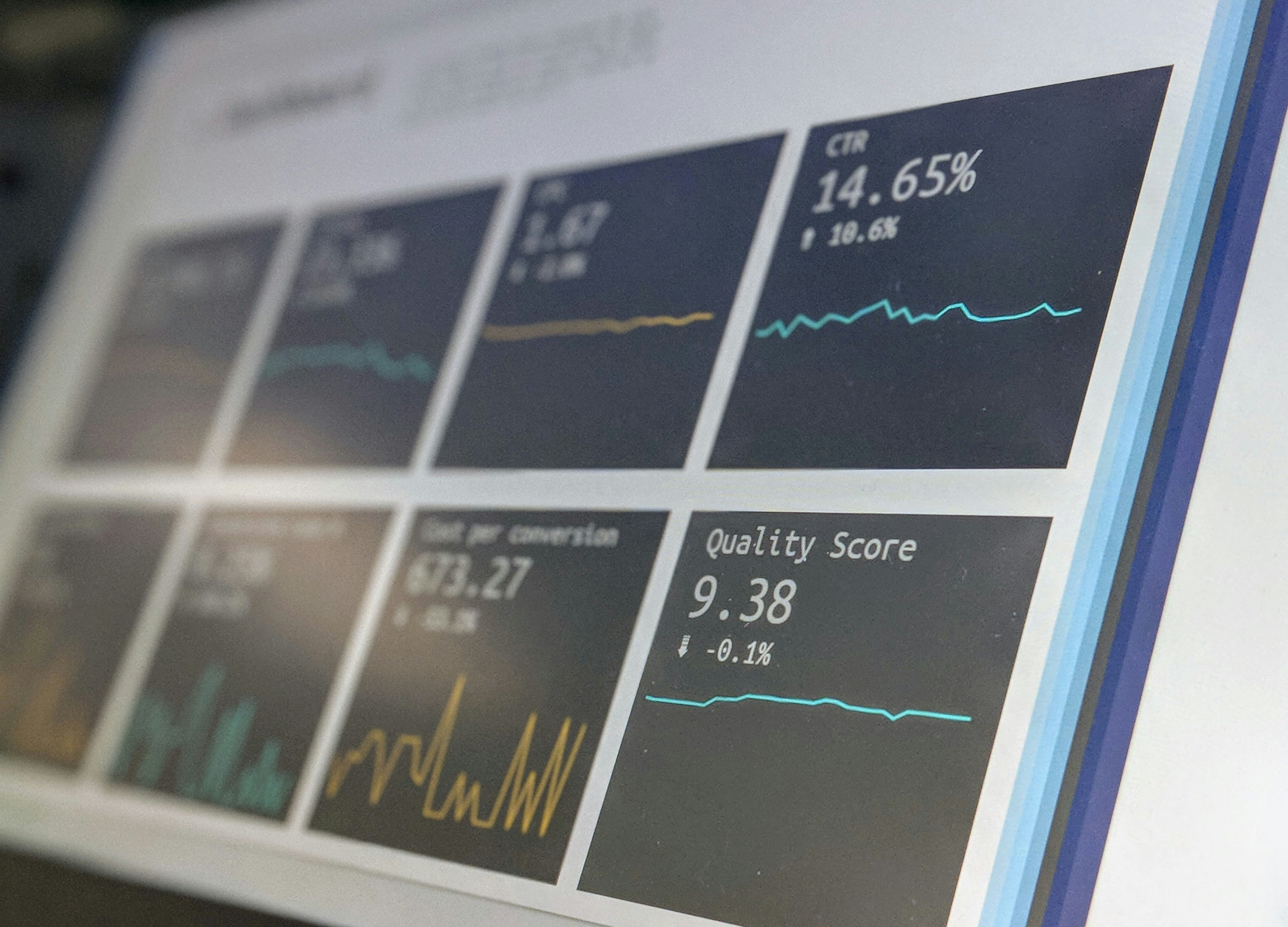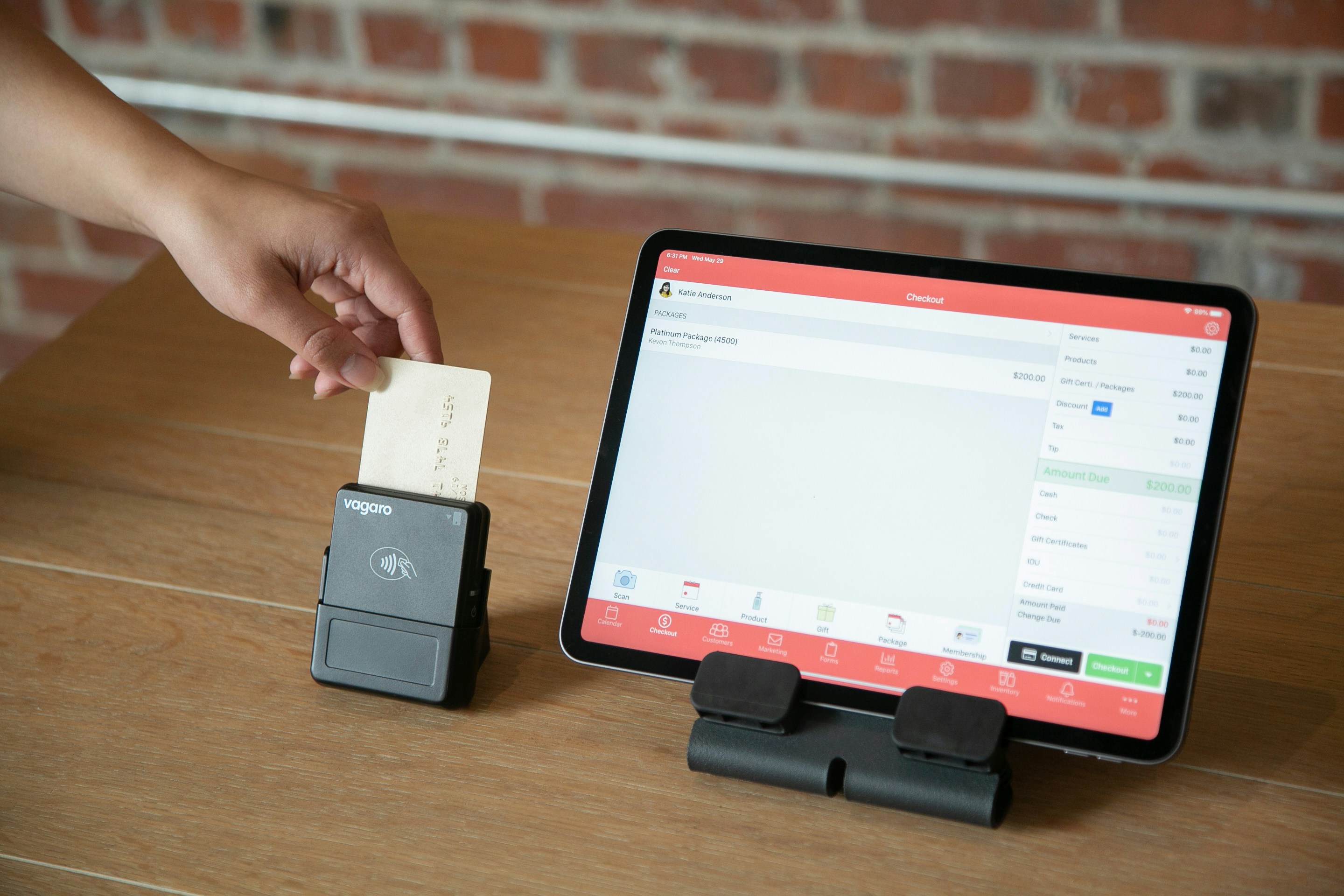Design Trends
Why Sustainability Will Shape Design in 2026
May 30, 2024
Introduction
Design isn’t just about aesthetics anymore—it’s about responsibility. As climate concerns grow, sustainable design is becoming a key focus for designers, developers, and businesses.
In 2024, sustainable design practices will play a critical role in shaping digital products, reducing environmental impact, and creating meaningful user experiences. This blog will explore why sustainability matters, how it influences digital design, and what actionable steps designers can take.
1. The Rise of Sustainable Digital Design
Digital products may seem “green” because they’re not physical, but they consume energy. Every webpage load, server call, and high-resolution asset adds up.
Did You Know?
The internet contributes to 3.7% of global carbon emissions—equal to the airline industry.
Heavy websites with unoptimized images and scripts consume more power.
The Shift:
Companies are now prioritizing low-carbon design to align with global sustainability goals and user expectations.
2. Core Principles of Sustainable Design
Here’s how sustainability can be integrated into digital design:
Optimize Performance: Reduce load times with lightweight code, optimized images, and clean architecture.
Dark Mode: Designing for dark themes reduces screen energy consumption.
Content Efficiency: Simplify user journeys to minimize clicks and server calls.
Timeless Design: Avoid trends that quickly become outdated; opt for classic, long-lasting styles.
3. Real-World Examples of Sustainable Design
Low-Carbon Websites: Platforms like “The Green Web Foundation” rank websites based on their energy efficiency.
Google: Implemented auto-light/dark themes and energy-efficient search results to reduce consumption.
Minimal UI Designs: Brands like Mailchimp and Basecamp focus on clean, timeless, and lightweight designs.
Visual Example: A comparison of a heavy site (100MB with large images) vs an optimized site (30MB using compressed assets).
4. Practical Tips for Designers
Optimize Assets: Use tools like TinyPNG for compression.
Prioritize UX Efficiency: Reduce unnecessary steps in user flows.
Adopt Lazy Loading: Load visuals only when needed.
Educate Clients: Advocate for greener solutions in client projects.
5. Why Users Care About Sustainability
Brand Loyalty: 75% of users prefer brands that care about the planet.
Performance Benefits: Sustainable design leads to faster, more efficient products.
Conclusion
Sustainable design is not just a trend—it’s a responsibility. As a designer, every choice you make has an impact. By adopting sustainable practices, you’re creating better, faster products that align with user values and protect our planet.
Ready to make your designs greener? Let’s start today.


